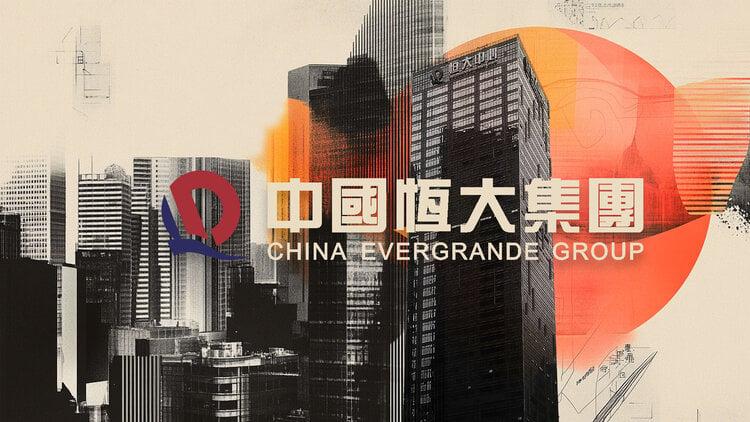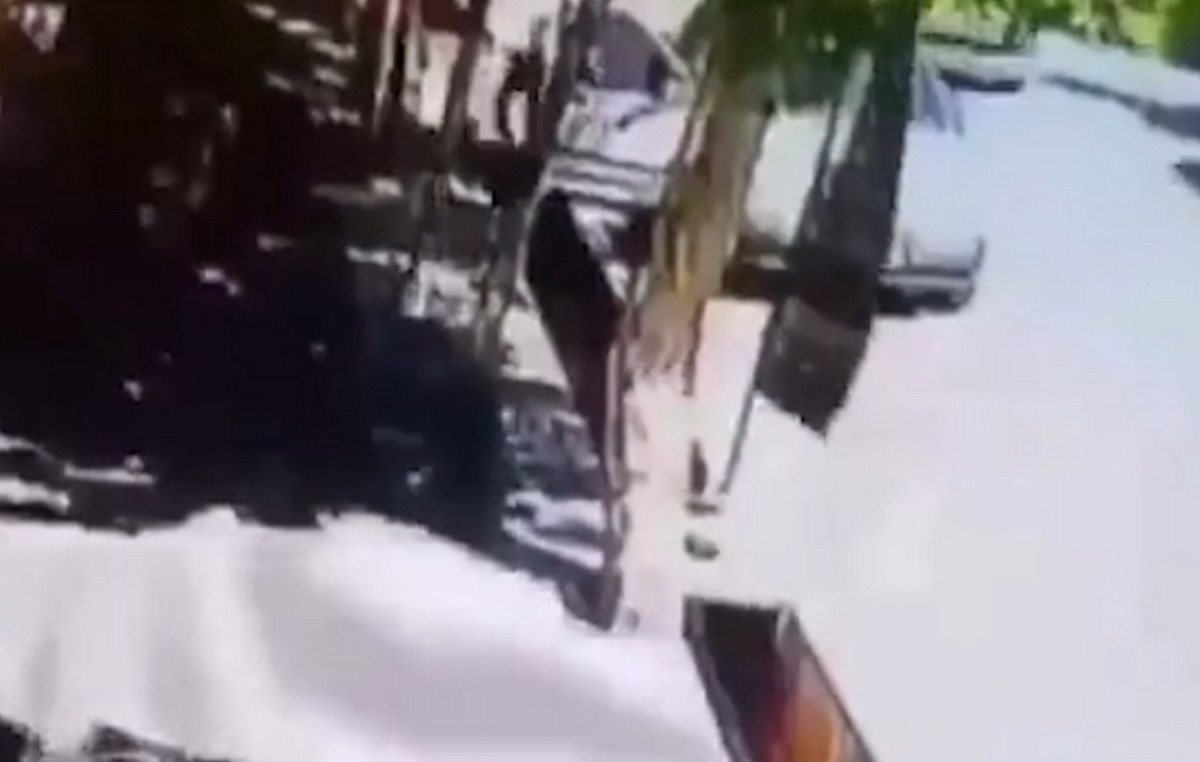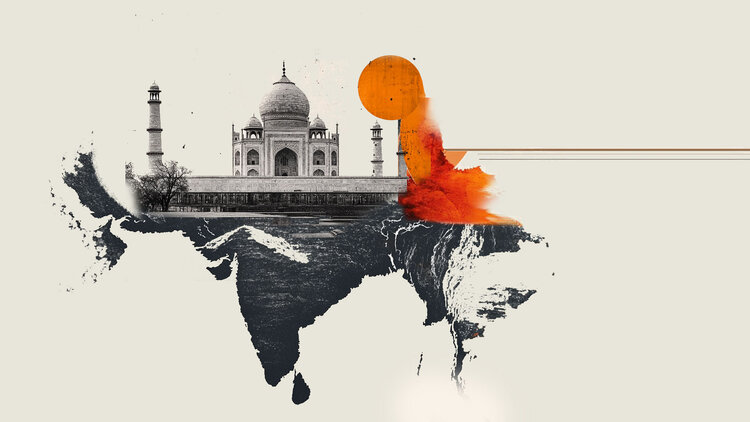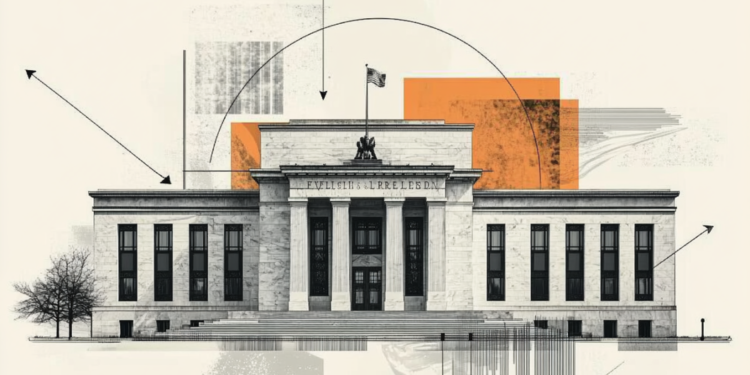The Vatican confirmed on the morning of Monday (21) the death of Pope Francis, who was 88 years old and had been ahead of the Catholic Church since 2013.
The next few days will be marked by several rites that a new Pope is chosen. The period between pontiffs is known as the “interregnum papal,” when the church is without a spiritual leader.
During this period of “vacant thirst” or “empty chair”, the church follows a clear set of rules, as established in the Universi Dominici Gregis Apostolic Constitution.
See the schedule
1) Start of rites
The death of the Papa triggers an elaborate series of rituals that will be orchestrated by the Camerlengo, a Vatican cardinal who performs a function similar to that of the Pope’s assistant. The Pope’s body will be placed in a funeral urn on Monday and will remain in a chamber to the funeral.
In addition to having to see the death of the pontiff, the Camerlengo is responsible for sealing the Papal residence and office inside the Vatican. The goal is to ensure that nothing is removed or altered in these spaces until a new Pope is elected and can take possession.
Camerlengo also has to prepare the Pope’s funeral in consultation with other church cardinals, especially if, in life, the Pope in question did not leave a plan ready for this moment.
At this stage, issues such as the transfer of the body inside and outside the Vatican enter, prevent improper photos from being taken and organizing the entire step-by-step of the rite.
2) Funeral
Pope Francis’ body will initially rest for private visits to the Papal House, Vatican officials, heads of state and religious leaders.
He will then be taken to St. Peter’s Basilica to be veiled and allow the audience to pay their honors.
3) General Congregations
A day defined by Camerlengo and until the beginning of the conclave, the cardinals gather daily to manage the daily business of the Church, as well as coordinate the funeral and the conclave.
Cardinals should meet at any time next Tuesday (22) to decide the date of the funeral, which will start five to seven days.
4) “Noveliales” – Nine Days Santos
The Church observes an ancient Roman ritual known as “Noveliales” (or nine holy days), which foresees nine days of mourning and begins after the funeral mass.
Starting with the present body mass, a different cardinal celebrates a public funeral rite for the pontiff every day.
5) Conclave
A secret vote to elect the next Pope is held in the Sistine Chapel, the headquarters of the Conclave.
The banknotes are burned after the votes, with crowds waiting outside, in St. Peter’s Square, the white smoke that comes out of the chaminy of the chapel, signaling the arrival of the new pontiff.
The conclave should start approximately 15 to 20 days from now. Up to 13 days after the conclave, the name of the new Pope should be announced.
6) Possession of the new Pope
A mass is celebrated to switch the next Pope, which usually occurs a few days after his election.
Although it is the new Pope who chooses when and where to perform mass, it is usually held in St. Peter’s Basilica. The inauguration mass should take place up to 5 days after the announcement of the new Pope.
Pope Francis’ life in images:
This content was originally published in see the rites schedule after Pope Francis’ death on CNN Brazil.
Source: CNN Brasil
Bruce Belcher is a seasoned author with over 5 years of experience in world news. He writes for online news websites and provides in-depth analysis on the world stock market. Bruce is known for his insightful perspectives and commitment to keeping the public informed.







